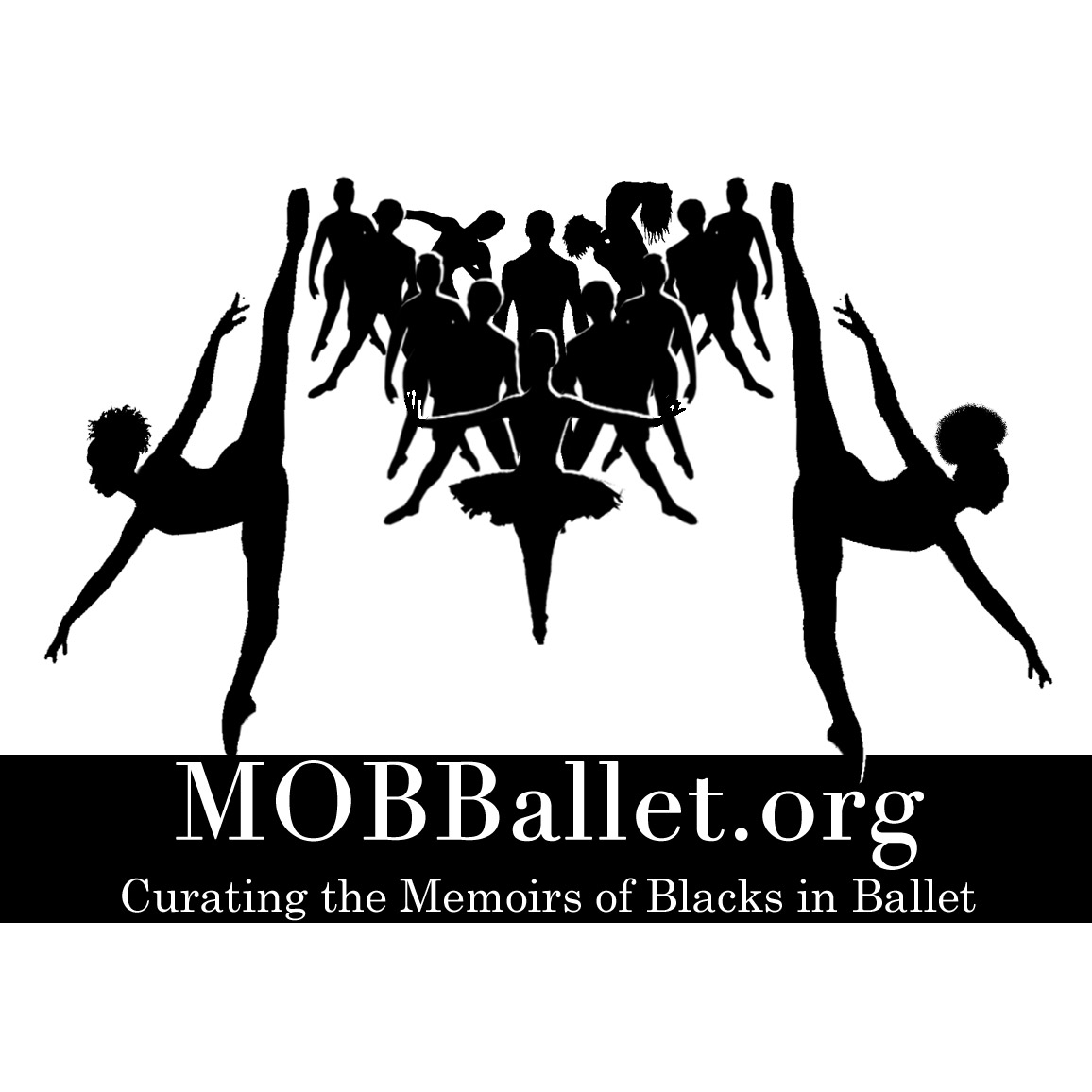Arthur Mitchell/Dance Theatre of Harlem and Harlem School of The Arts

Among the many schools where Arthur Mitchell taught, in 1966, he joined the faculty of the Harlem School of the Arts.
This connection later assisted Mitchell in the creation of his own school and company as Dorothy Maynor invited him to establish a dance program using her facilities. Propelled by the 1968 assassination of Dr. Martin Luther King, Jr., Mitchell, using his own savings and a gym borrowed from Harlem School of the Arts, began teaching ballet to the young people of Harlem.
In order to attract more students, Mitchell left the doors of the makeshift studio open, an act which helped the school grow from just 30 students to 400 in a few months.
Growing out of the space that Maynor generously loaned, Mitchell and Karel Shook remodeled a garage, establishing the first iteration of the Dance Theatre of Harlem’s School. Funds for the new studios came from Mitchell’s own savings and the help of George Balanchine and Lincoln Kirstein. This became Dance Theatre of Harlem’s permanent home at 466 W 152nd St, New York.
Sources:
History of HSA, Harlem School of the Arts
Arthur Mitchell Obituary, The Guardian
American Choreographer, Dancer, Arthur Mitchell, LA Dance Chronicle
Arthur Mitchell, Ballet Encyclopedia
More about Harlem School of the Arts
When Dorothy Maynor retired from performing in 1963, she was encouraged by her husband to open a school.
Using the basement of her husband’s church, St. James Presbyterian in Harlem, Maynor began what would become the Harlem School of the Arts.
Maynor explained her motivation for the school’s establishment: “What I dream of is changing the image held by the children… We’ve made them believe that everything beautiful is outside the community. We would like them to make beauty in our community.” In 1967, she says of the students, “What we are counting on is that we can add new dimensions to their lives, the most important of which is beauty.”
Maynor taught, served as director, and was instrumental in raising funds for the school. Eventually, she was able to have built a $2 million, 37,000 square foot Hamilton Heights building in 1977. During Maynor’s time, Harlem School of the Arts evolved from just 20 students to an establishment with more than 1,000.
Because of Dorothy Maynor’s dedication to the school, Harlem School of the Arts has blossomed into the major organization it is today. Now, HSA works with approximately 4,000 students per year.
The school’s facility was renamed the Herb Alpert Center in 2013 and was renovated in 2019 after trumpeter Herb Alpert donated $6 million to the organization. HSA prides itself on now standing “as a gleaming beacon of renewal and a vibrant hub of cultural activity.”
Like it’s founder, HSA boasts many accomplishments, including its One Hundred Voice choir’s 1974 sold-out debut at Lincoln Center with Maynor as conductor; a 1982 performance at the opening of Belvedere Castle in Central Park; the HSA Concert Chorale’s performance at the One Hundred Year Association at the Museum of the City of New York in 1992; its status as “one of the eight leading African-American, Asian, Latino or Native American arts organizations in the nation” in 1999; and its recognition by the President’s Committee on the Arts and Humanities as “one of the top afterschool arts and humanities based programs in the country” in 2003.
Sources:
History of HSA, Harlem School of the Arts

Madeline Crawford

